Understanding Unfinished New Construction Projects: Key Considerations
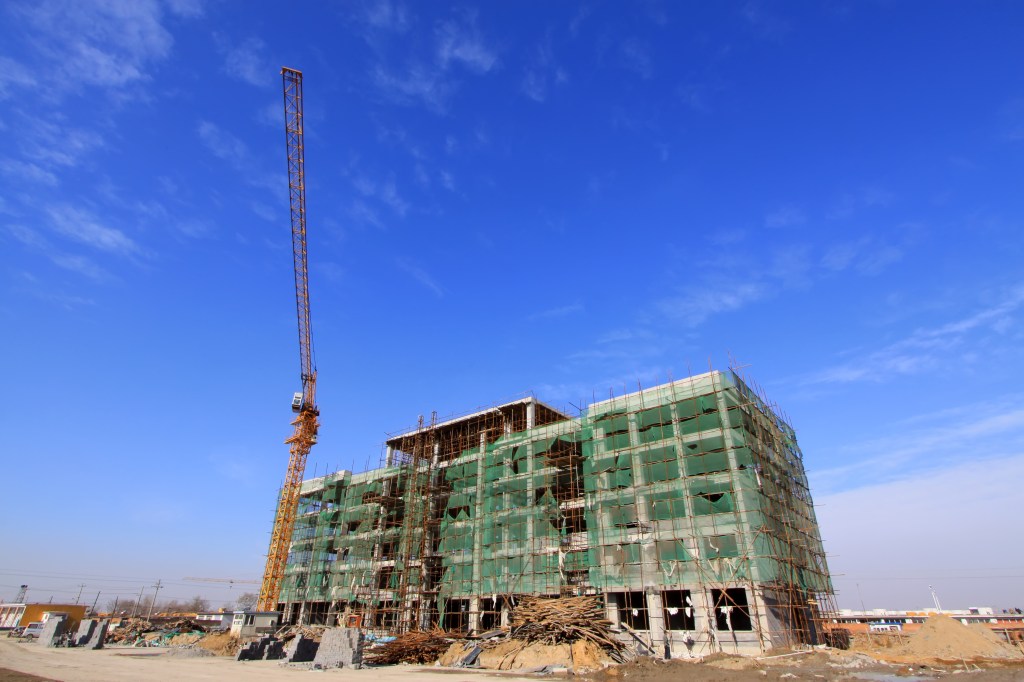
The sight of unfinished new construction projects has become increasingly common in recent years, signaling deeper challenges within the construction industry. Whether it’s a renovation project or a new build, construction development delays caused by material shortages, labor setbacks, financing hurdles, and permitting roadblocks are just a few reasons many projects fail to reach completion, leaving homeowners in difficult situations.
These stalled construction sites not only disrupt plans and timelines but also expose properties to significant risks, including property damage, storm damage, theft, and stalled construction site liability concerns. For homeowners with vacant properties, these risks highlight the importance of vacant home insurance to help protect their investment. Understanding the root causes of this trend is essential for navigating and mitigating its impact on the housing and development landscape.
Identifying the Unique Risks of Incomplete Properties
Unfinished properties, such as a vacant home under construction or a home renovation in progress, face a unique set of vulnerabilities that can lead to serious consequences for owners and developers. Without the protection of fully sealed, weather-resistant structures, these properties are left exposed to the elements, increasing the likelihood of damage caused by water intrusion, mold growth, and structural deterioration. Features like exposed wiring, incomplete plumbing, and missing doors or windows not only leave them open to physical harm but also invite unauthorized access and vandalism.
These new construction property risks can escalate quickly, as trespassers may cause further harm through theft of materials, intentional destruction, or creating safety hazards on-site. To mitigate these risks, property owners must carefully review their insurance coverage and security measures to ensure complete home protection. This proactive approach is vital to preserving the value and integrity of these properties while maintaining legal and financial safeguards.
What Is Builder’s Risk Insurance and Why You Need It
Builder’s risk insurance serves as an essential safety net for new construction projects and even minor renovations, offering comprehensive financial protection during the construction phase. Unlike a typical homeowners insurance policy, which primarily provides coverage for completed homes, dwelling under construction coverage ensures that building materials, fixtures, and structures are protected while still under construction. This specialized policy covers a range of potential risks, including damage from fire, theft, vandalism, and certain weather-related events.
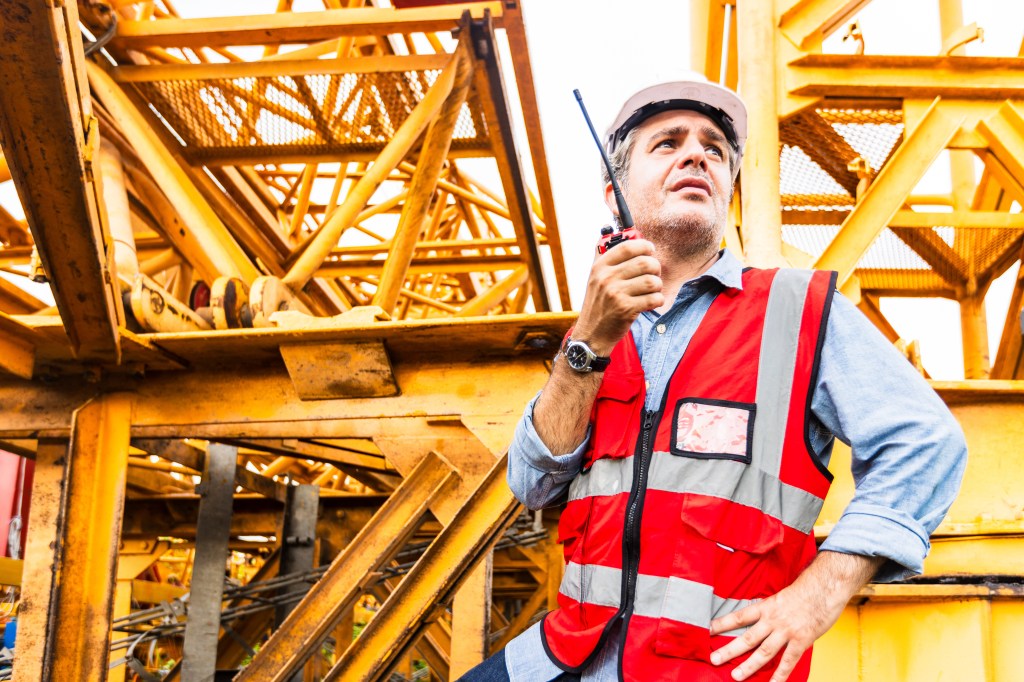
By working closely with an insurance company to invest in builder’s risk insurance, property developers and contractors can mitigate unexpected losses, ensuring that progress continues without devastating financial setbacks. It’s a critical component of any new construction or renovation strategy, providing peace of mind and security during one of the most vulnerable stages of property development.
When Should You Secure Insurance for a New Build?
Securing insurance for new home construction is a critical step that should happen before any construction begins—ideally before the ground is even broken. Whether you’re embarking on a self-build project or collaborating with a contractor, understanding when to buy construction insurance is essential to ensuring protection for both the construction process and your personal property at every stage. Construction endeavors are inherently unpredictable, with risks ranging from material theft and weather-related damage to accidents on-site.
By working with an insurance provider and consulting an insurance agent, you can tailor a policy that addresses potential risks and avoids costly coverage gaps for new builds. Without active insurance coverage during key phases, you could face vulnerabilities that lead to significant financial losses. Taking the time to secure insurance early provides peace of mind and safeguards your assets throughout the journey of turning your plans into reality.
Common Coverage Gaps and How to Avoid Them
When embarking on a new construction project, many property owners mistakenly believe their homeowners policy provides adequate protection for the build—it doesn’t. This misconception often leads to costly coverage gaps that can leave owners vulnerable during the construction process. To avoid these pitfalls, it’s crucial to understand the distinctions between various policies.
Builder’s risk insurance and incomplete home insurance safeguard materials, fixtures, and structures during the construction phase coverage, while contractor liability coverage addresses liability risks associated with damages or accidents caused by the contractor or their team.
However, the handoff to final occupancy coverage or even a renovation insurance policy, which comes into effect once the property is move-in ready, can leave critical gaps if not properly timed. Proactively reviewing and coordinating these policies with your insurance provider and maintaining clear contact with your insurance agent ensures seamless coverage at every phase, providing the protection necessary to keep your investment safe.
Theft, Vandalism, and Fire: The Big Three Threats
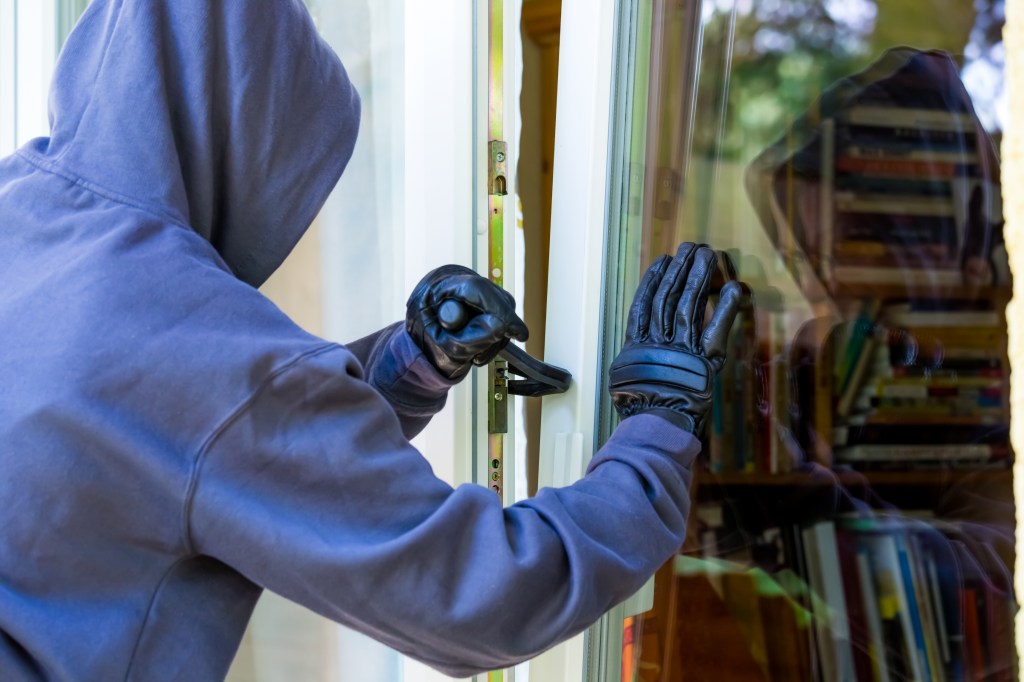
Incomplete properties are especially vulnerable to the devastating trio of theft and vandalism at job sites, as well as the ever-present fire risk during construction, making proactive measures crucial for shielding assets. Unsecured construction sites often attract material thieves, who target valuable items like copper wiring and certain types of building materials, leading to significant financial setbacks.
Similarly, vandals can inflict damage that delays timelines and adds unnecessary repair costs. Even more alarming is the risk of arson, as incomplete properties can be easy targets for malicious acts that cause extensive destruction and result in a covered loss under the right insurance policy.
Prioritizing construction site safety through measures such as 24/7 surveillance systems, sturdy fencing, and lighting helps deter unauthorized access and reduces risks. Additionally, securing the right policy features and working closely with your general contractor ensures the site is managed responsibly and minimizes vulnerabilities. By focusing on vigilance and comprehensive insurance, property owners can protect their investments and ensure uninterrupted progress.
Renovation Insurance vs. New Construction Coverage
When tackling a renovation or starting fresh with new construction, it’s crucial to understand how insurance coverage differs for each scenario. A renovation insurance policy is designed to protect existing structures and any updates made during the process, offering property under renovation coverage for risks stemming from a covered cause like structural damage, theft of materials, or on-site accidents.
On the other hand, new construction coverage, such as builder’s risk insurance, focuses on insuring vacant new builds, protecting materials, fixtures, and the project itself as it develops from the ground up.
These policies often operate as a separate policy, tailored to the unique challenges of each situation, renovation insurance accounts for blending old with new, while new construction coverage prioritizes protecting the creation of a structure from scratch. To ensure comprehensive protection, it’s important to discuss your specific subject property and coverage needs with an insurance provider.
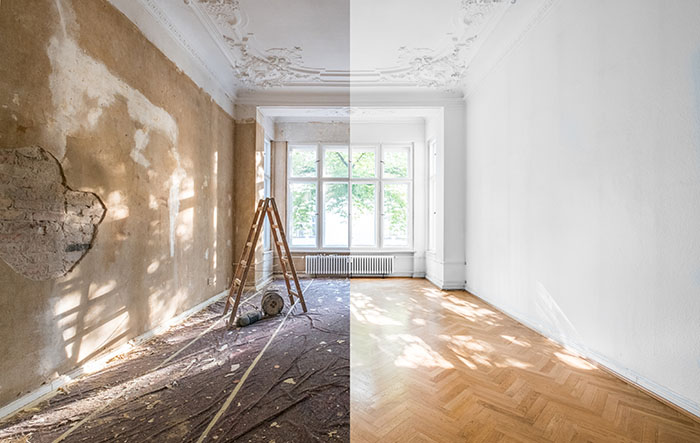
Don’t wait, you can request a quote today to protect your asset, whether you’re transforming an existing property or building your dream home from the ground up.
Contractor Responsibilities and Liability Limits
When working with builders and subcontractors, it’s essential to understand their responsibilities and the limits of their liability. While contractors are expected to carry their insurance, such as contractor liability insurance or workers’ compensation coverage, this does not guarantee that your investment is fully protected. Property owners should not assume that these policies will cover risks associated with the construction project itself, such as damage to the property or theft of materials. To safeguard your interests, request documentation of the contractor’s insurance policies, including proof of active coverage and clear descriptions of what is and isn’t covered.
In addition, property owners must understand where their responsibilities begin, including securing appropriate coverage like a builder’s risk policy for new builds or home renovation insurance for updates to existing structures. Prioritizing construction site safety through proactive measures and comprehensive coverage helps reduce exposure to financial risks and ensures the project runs smoothly.
What Happens If Construction Is Delayed or Halted?
Construction delays or stoppages can create significant challenges for property owners, particularly when it comes to insurance coverage and stalled construction site liability. Policies like builder’s risk insurance are often tied to specific timelines, meaning that prolonged construction project delays or halts can result in policy expiration or gaps in protection. Without proper adjustments, owners may face denied claims or unexpected out-of-pocket expenses, leaving their investment vulnerable.
To address these risks, property owners should proactively notify their insurer of any changes to the construction timeline and request builder’s risk insurance extensions to ensure continuous coverage. Extensions can safeguard against risks like theft, vandalism, weather-related damage, or liability concerns that arise during stalled periods. By maintaining open communication with the insurer and updating policies as needed, owners can prevent lapses in protection and navigate construction setbacks with confidence.
Insuring Unfinished Properties: A Critical Step in Asset Protection
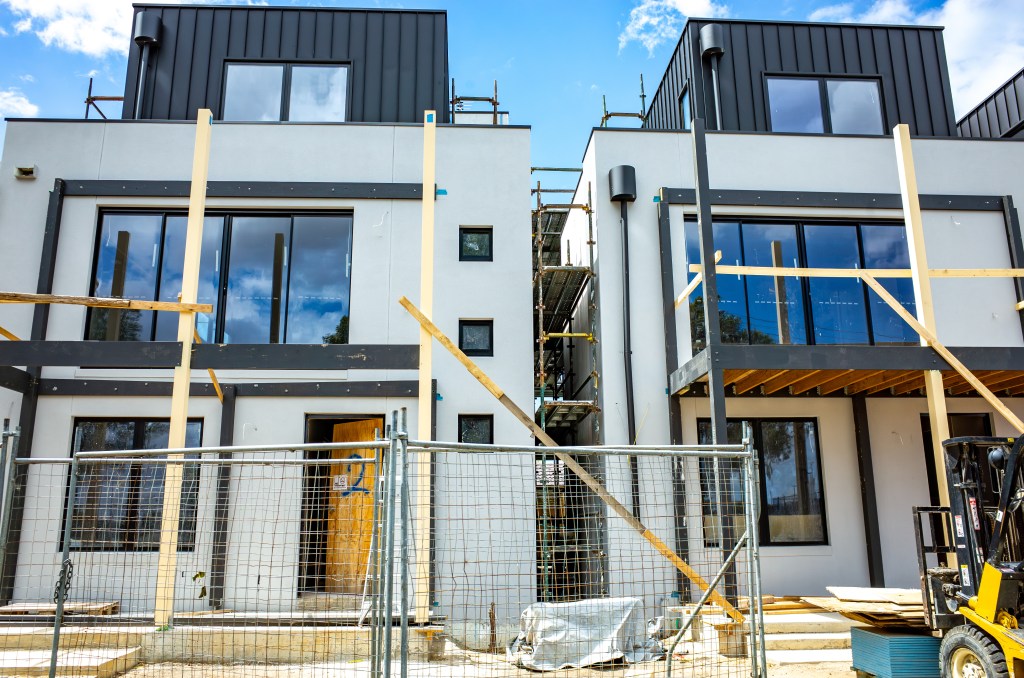
For property owners, insuring vacant new builds is essential to securing their assets and ensuring peace of mind throughout the construction journey. These unfinished new construction developments are particularly vulnerable to risks such as fire, storms, and theft, which can erase months of progress and result in significant financial loss if not properly protected. Standard homeowner’s insurance typically doesn’t provide complete home insurance coverage for properties in the building phase, making specialized insurance for unfinished homes a necessity.
From the foundation to the final walk-through, these policies provide comprehensive coverage, including protection for materials, structures, and on-site equipment. By proactively securing the right insurance, property owners can mitigate risks, preserve the integrity of their project, and avoid costly setbacks that could jeopardize their timeline and budget. Don’t leave your investment exposed—prioritize insuring unfinished properties to protect your hard work and plans.
Sources:
https://www.surex.com/blog/insurance-for-homes-under-construction-or-renovation
https://www.policygenius.com/homeowners-insurance/dwelling-under-construction-coverage/
https://www.propertycasualty360.com/2011/05/16/stalled-construction-projects-heighten-exposure-for-builders-risk-insurers/
https://www.inspirehomes.ca/blog/2012/02/renovation-insurance/
https://www.bankrate.com/insurance/homeowners-insurance/new-construction/#when-should-you-buy-home-insurance-when-building-a-new-house
https://www.weekand.com/home-garden/article/insure-incomplete-house-18013118.php

